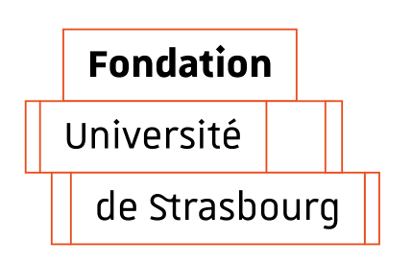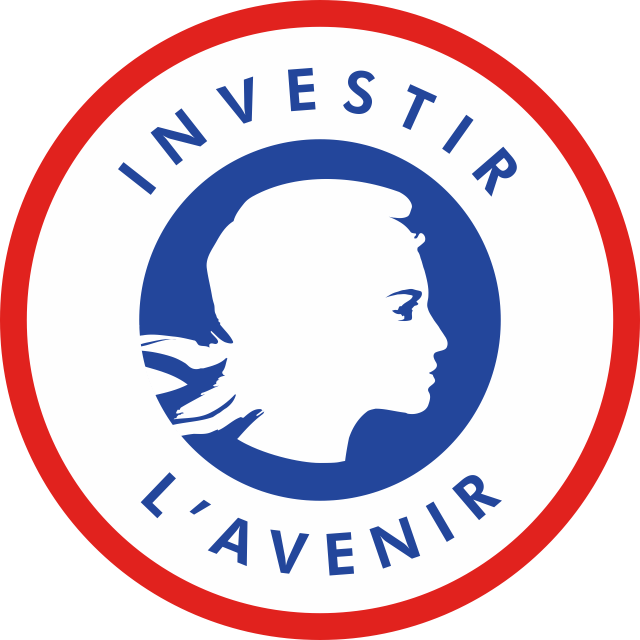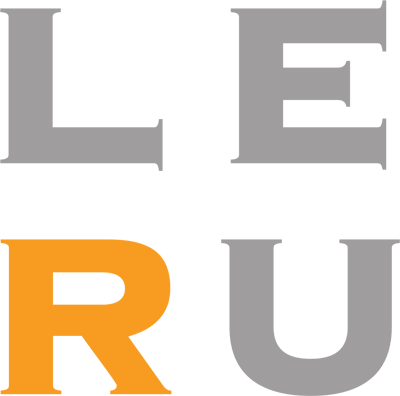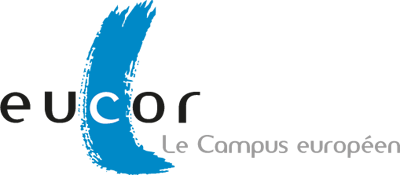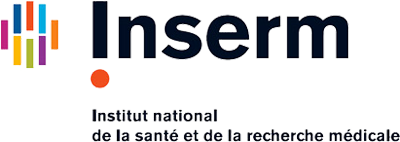Advanced recognition and applications
- Cours (CM) 17.5h
- Cours intégrés (CI) -
- Travaux dirigés (TD) -
- Travaux pratiques (TP) -
- Travail étudiant (TE) 10h
Langue de l'enseignement : Anglais
Enseignement proposé en : en présence
Description du contenu de l'enseignement
· Ions transport into membranes. Supramolecular devices and application in photochemistry and electronics. Membrane ion selective electrodes: principles, electrode characteristics, selectivity coefficient.
· Solvent extraction of metal ions: extractants, diluents, masking agents, synergistic effect. Equilibria involved in the extraction processes of metal ions by a cationic exchanger or by an acidic chelator. Expressions of the metal partition coefficient. Description of liquid-Liquid extraction columns. Application in hydrometallurgy and reprocessing of nuclear fuel.
· Solvent extraction of metal ions: extractants, diluents, masking agents, synergistic effect. Equilibria involved in the extraction processes of metal ions by a cationic exchanger or by an acidic chelator. Expressions of the metal partition coefficient. Description of liquid-Liquid extraction columns. Application in hydrometallurgy and reprocessing of nuclear fuel.
Compétences à acquérir
Objectif de l’UE
· Integrate knowledge of the ionic and molecular recognition in different applications.
· Explain the physico-chemical phenomena that govern the transfer of an essentially hydrophilic metal ion to a hydrophobic organic phase. Experiment these concepts with solvent extraction in hydrometallurgy (application to the nuclear waste treatment).
Compétences développées et/ou évaluées
· Integrate the concepts of ionic and molecular recognition in order to analyze experimental results and formulate hypotheses.
· Explain the different concepts for solvent extraction in hydrometallurgy.
· Integrate knowledge of the ionic and molecular recognition in different applications.
· Explain the physico-chemical phenomena that govern the transfer of an essentially hydrophilic metal ion to a hydrophobic organic phase. Experiment these concepts with solvent extraction in hydrometallurgy (application to the nuclear waste treatment).
Compétences développées et/ou évaluées
· Integrate the concepts of ionic and molecular recognition in order to analyze experimental results and formulate hypotheses.
· Explain the different concepts for solvent extraction in hydrometallurgy.
Pré-requis recommandés
Thermodynamics, chemical equilibria in solution, units operations (chemical processes).
